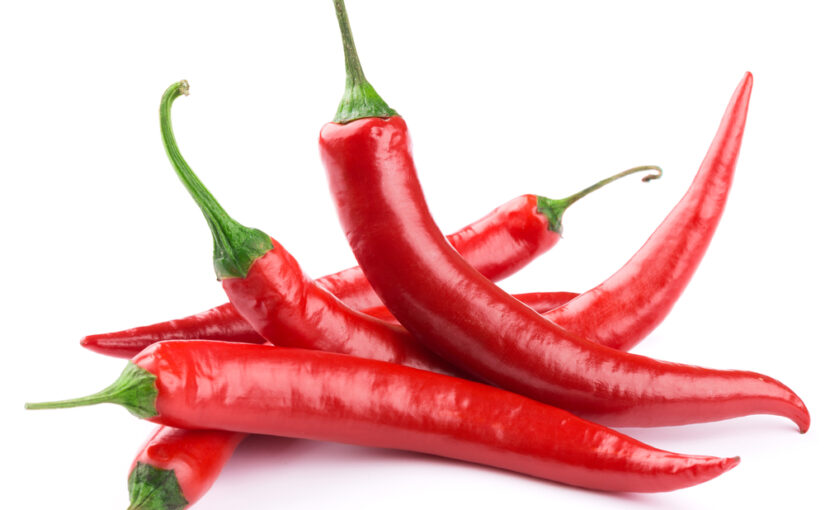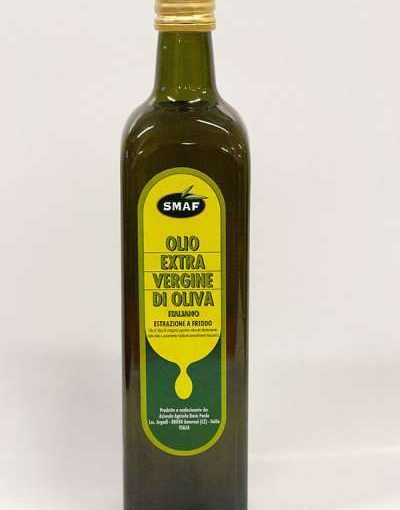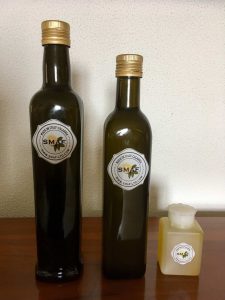09.02.2022
EATING CHILI PEPPER CAN EXTEND YOUR LIFE!
This is the conclusion of a maxi-study that monitored the eating habits of nearly 500,000 people in China for seven years.
This was revealed by a Chinese study of 500,000 people between 35 and 79 years old. EATING chili peppers can extend your life by many years. The international team of researchers, led by the Chinese Academy of Medical Sciences, found that those who ate spicy foods once or twice a week were able to reduce the risk of mortality by 10%.
Those who added spices to their meals three to seven times a week could count on a risk of mortality reduced by as much as 14%. A benefit probably associated with the high content of capsaicin, vitamin C and other nutrients contained in these ingredients.
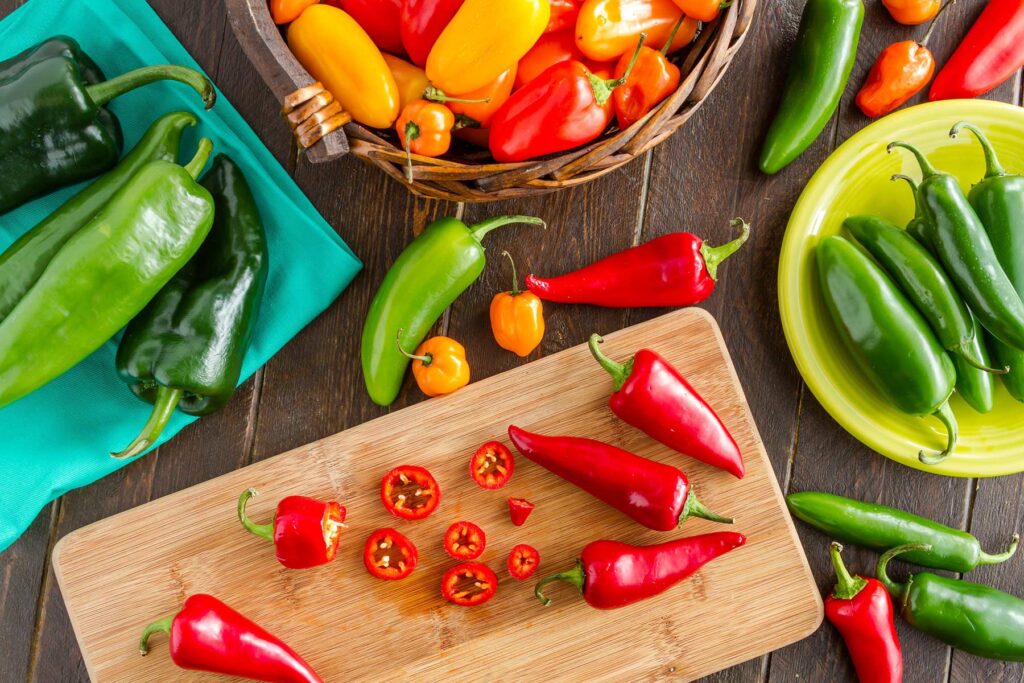
The research, published in the British Medical Journal, examined people aged 35 to 79 from 10 different geographical areas of China. Participants were asked what type of spice they consumed most often and how often. Chilli, widely used in China, was the most frequent response.
After all, observes the researcher Nita Forouhi , of the University of Cambridge, many of the virtues of chili pepper – and in particular of capsaicin , the alkaloid that is responsible for its spiciness – are known: from anti-oxidants to anti-inflammatory and even anti-cancer.
Experts, for now, are cautious; the study was only ‘observational’ and, therefore, requires technical insights to recommend a change in eating style. “Further research is needed to establish whether the consumption of spicy food can directly improve health and reduce the mortality rate, or if it is just an external sign of other factors affecting dietary habits and lifestyle.”, they specify.
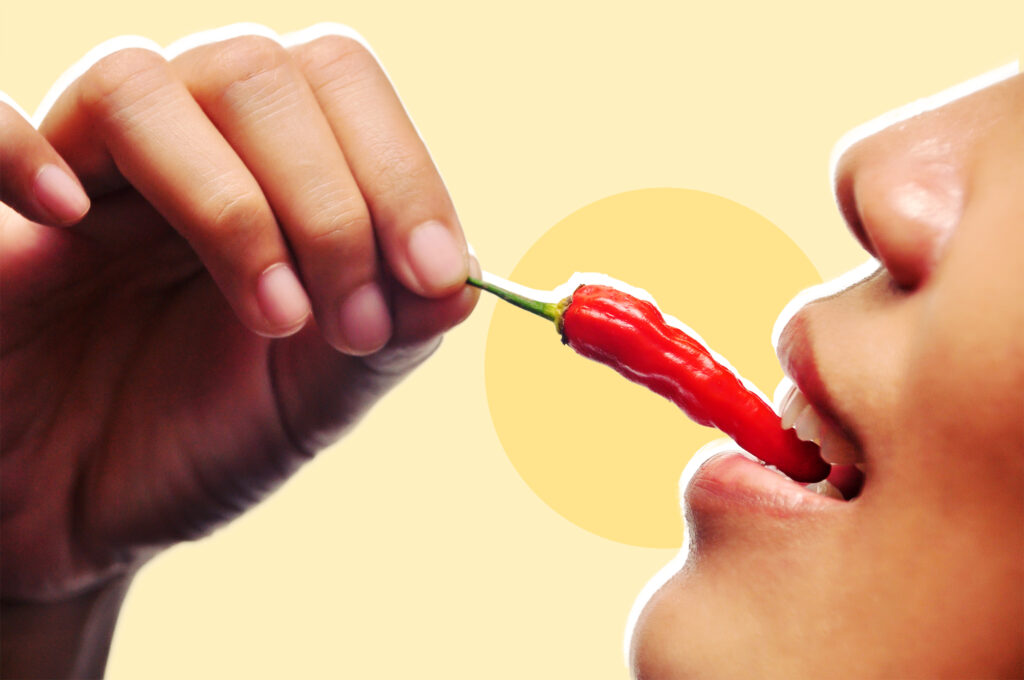
THE BEST CHILLI IN THE WORLD IS IN CALABRIA!!!
Scientific confirmation arrives. Great taste and also good for your health. It is also the spiciest (among the good ones).
The Italian and Calabrian chili in particular, is not only a product of great taste but is also good for health (but as with all things, even if good, abuses must be avoided).
Chilli is rich in provitamin A and vitamin C and has antiseptic, digestive and vasodilatory properties. Recent studies have shown that it also contributes to reducing the sense of hunger and as regards the spiciness , the maximum is offered by the Calabrian cigarette.
The Italian agri-food research body, CREA, studied the effect of genotype, environment and conservation treatment on the content of genotypes grown in three sites (Montanaso Lombardo, Monsampolo del Tronto and Battipaglia) important compounds from a nutritional and sensorial point of view.
The different genotypes did not generally respond uniformly in the different environments, highlighting, for these characters, a significant interaction with the cultivation environment.
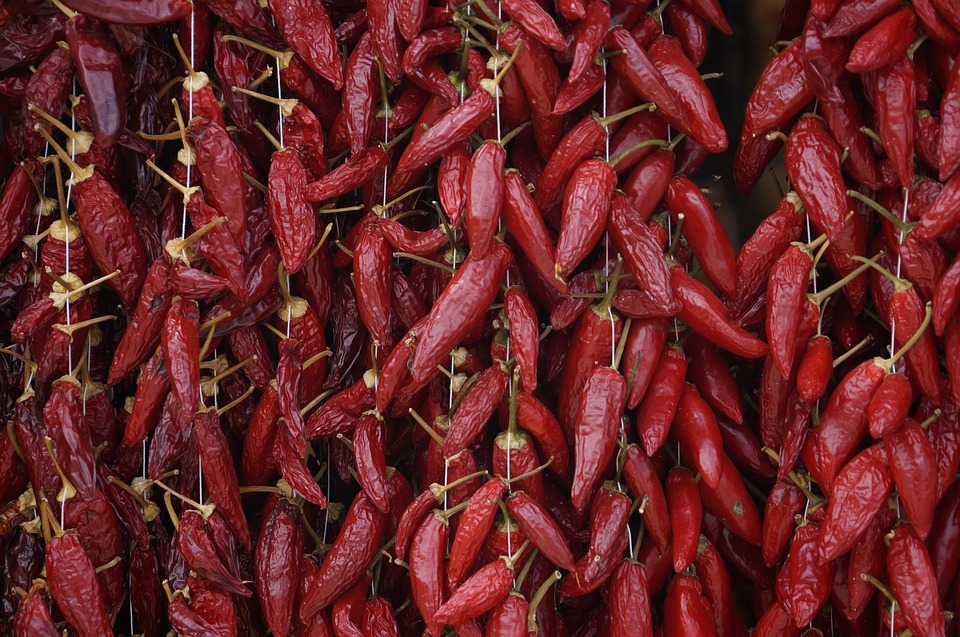
The Calabrian cigarette genotype has always shown the maximum values of capsaicinoids, responsible for both the spiciness (52000-85000 degrees Scoville in the freeze-dried fresh product and 38000-86000 in the dried one) and for many of the beneficial properties of chilli.
Always with a view to enhancing typical products, Crea Agriculture and Environment has succeeded with innovative methods in discriminating the production areas of the Calabrese Cigarette cultivar.
This so precious food will now be enhanced by Crea, which is completing Pepic “Hot pepper supply chain: research interventions for the choice of varieties and for the innovation of cultural processes”, a project activated at the request of the Chilli supply chain table and financed by the ministry for Agricultural, Food and Forestry Policies, through Ismea , precisely to promote a product chain of superior quality, innovative, integrated and competitive.
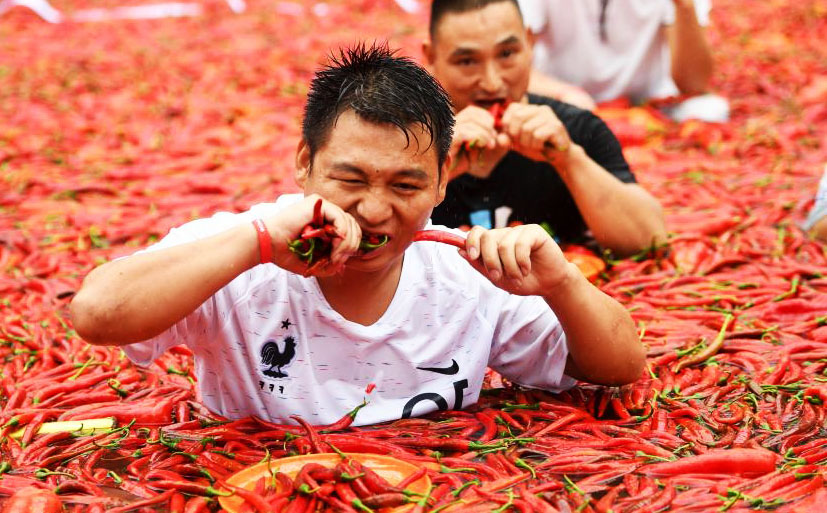
The analyzes showed how chillies tend to stand out on the basis of both the other types on the market (sweet and ornamental) and their geographical origin. In particular, the Italian pepper has differentiated genetically from that coming from the Americas and Asia. Let’s eat chilli for a long and healthy life!

